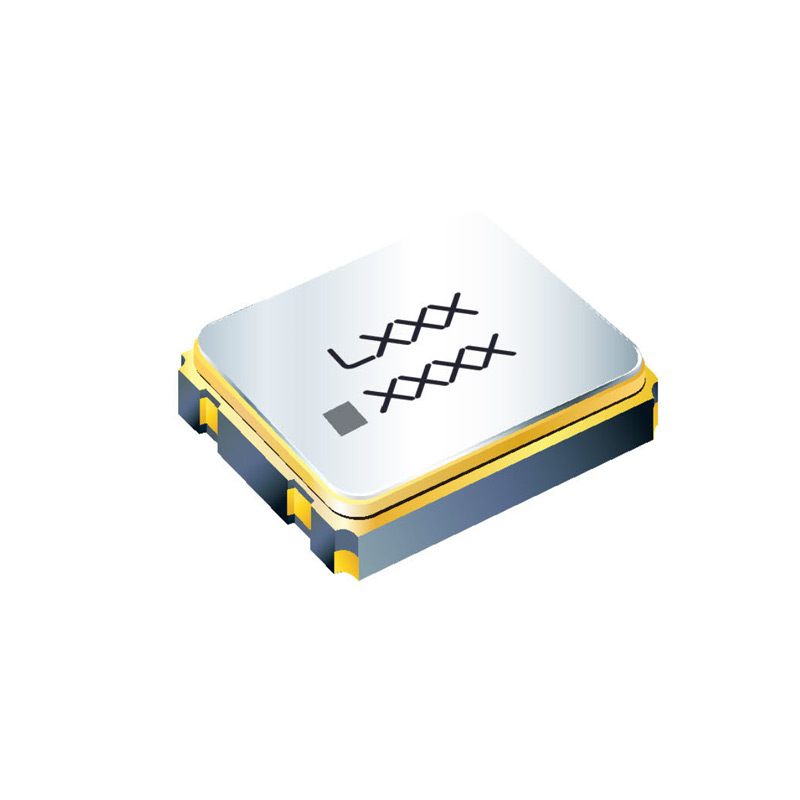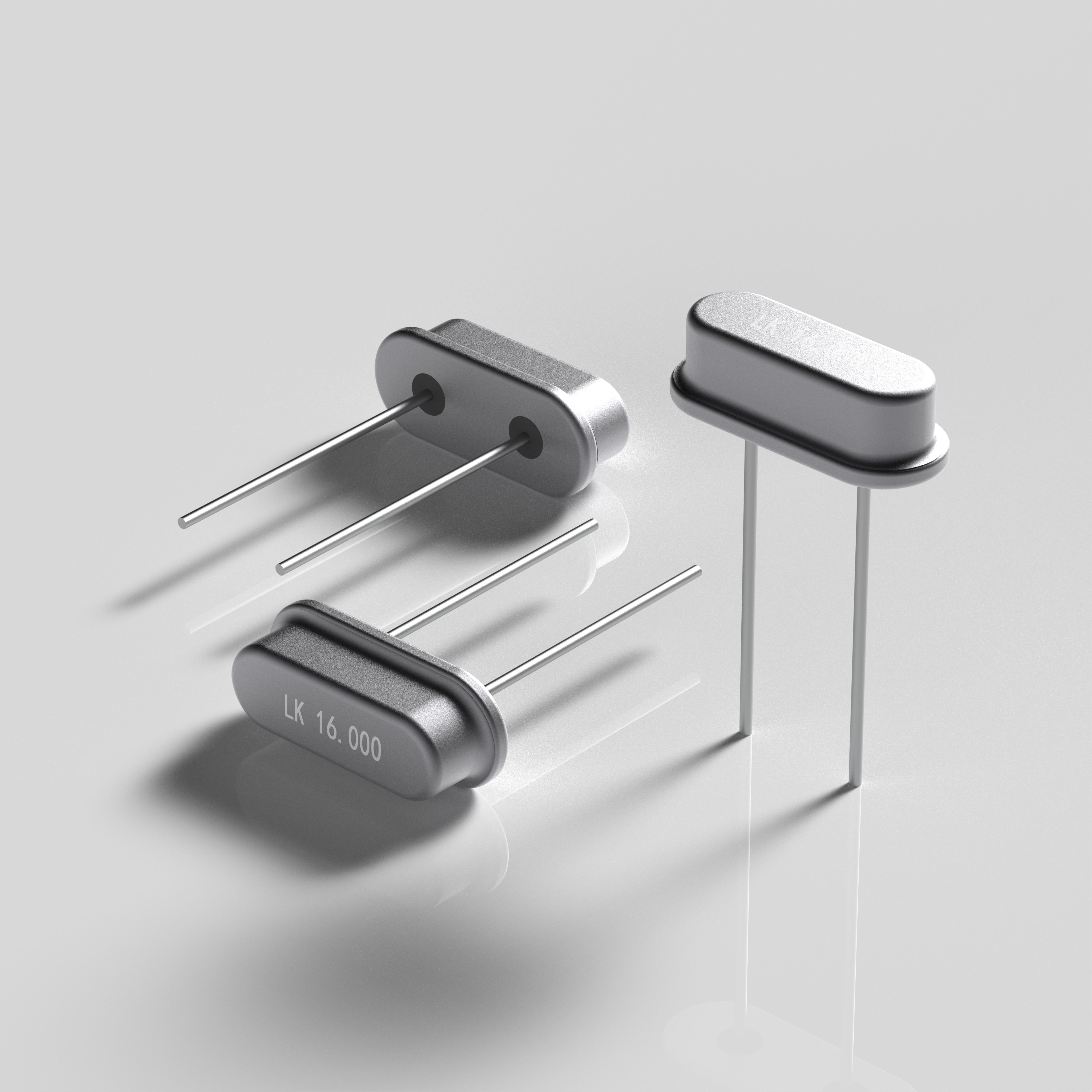How to choose the appropriate tie rod hydraulic cylinder size?

Selecting the appropriate tie rod hydraulic cylinder size is critical to the proper operation of mechanical equipment. Different application scenarios and work requirements require different sizes of hydraulic cylinders to complete the tasks. This article will discuss how to choose the appropriate tie rod hydraulic cylinder size to help readers better understand and apply this knowledge.
First, we need to understand the basic structure and working principle of the tie rod hydraulic cylinder. The tie rod hydraulic cylinder is composed of cylinder block, piston, piston rod, seals, etc. Hydraulic oil enters the hydraulic cylinder through the hydraulic pump to move the piston, thereby realizing the work of mechanical equipment. The size of the tie rod hydraulic cylinder is usually determined by three parameters: cylinder inner diameter, piston rod diameter, and piston rod stroke.

First of all, the cylinder's inner diameter refers to the diameter inside the hydraulic cylinder body. The selection of the cylinder's inner diameter is related to the required thrust and working pressure. Generally speaking, the greater the thrust, the larger the required cylinder bore. At the same time, working pressure will also affect the selection of the cylinder's inner diameter. Higher operating pressures require larger cylinder bores to withstand the pressure. Therefore, when selecting the size of a tie rod hydraulic cylinder, the inner diameter of the cylinder needs to be determined based on the thrust and working pressure required in the actual application.
Secondly, the piston rod diameter refers to the diameter of the hydraulic cylinder piston rod. The choice of piston rod diameter is related to the required stiffness and load-bearing capacity. A larger piston rod diameter can provide higher stiffness and load-bearing capacity and is suitable for withstanding larger thrust and higher working pressure. However, a larger piston rod diameter also increases the weight and cost of the hydraulic cylinder. Therefore, when selecting the size of the tie rod hydraulic cylinder, it is necessary to comprehensively consider factors such as stiffness, load-bearing capacity, weight, and cost to select the appropriate piston rod diameter.
Finally, piston rod stroke refers to the distance the hydraulic cylinder piston rod travels. The choice of piston rod stroke is related to the required stroke range and working space. Stroke range refers to the distance of the piston rod from its minimum position to its maximum position. When selecting the size of a tie rod hydraulic cylinder, you need to ensure that the piston rod stroke can meet the stroke requirements of the actual application. Additionally, workspace limitations need to be considered. If the working space is limited, a shorter piston rod stroke needs to be selected to adapt to the actual situation.
In addition to the above three parameters, there are some other factors that need to be considered. For example, working temperature, working environment, working speed, etc. will all have an impact on the selection of tie rod hydraulic cylinders. Higher operating temperatures may require the selection of high-temperature-resistant hydraulic cylinders. Harsh working environments may require the selection of hydraulic cylinders that are corrosion-resistant or dust-proof. Higher operating speeds may require the selection of higher flow rates and faster response times.
When selecting the size of the tie rod hydraulic cylinder, we can refer to the technical parameters and performance curves provided by the manufacturer. These data can help us better understand the performance and application range of hydraulic cylinders. In addition, you can also consult professionals or hydraulic system engineers for advice and make choices based on actual needs.
To sum up, choosing the appropriate size of tie rod hydraulic cylinder is an important part of ensuring the normal operation of mechanical equipment. When selecting the size, parameters such as cylinder inner diameter, piston rod diameter, and piston rod stroke need to be considered. Factors such as working pressure, thrust, stiffness, load-bearing capacity, stroke range, and working space also need to be considered. By comprehensively considering these factors, we can select the most suitable tie rod hydraulic cylinder size for the actual application to ensure the normal operation of the mechanical equipment.
How to choose a quality tie rod cylinder manufacturer: key strategies and considerations
Protect your investment: effective anti-corrosion measures for tie rod cylinders
Hydraulic tie rod cylinder sealing technology: the key to optimized performance and extended life
Detailed explanation of precautions and operating procedures for safe use of tie rod cylinders
Factors and analysis affecting the price of tie rod cylinders
Material selection for tie rod cylinders: a balance between performance and application
tie rod cylinder and welded cylinder, which one to choose?
Key factors in selecting tie rod cylinder size specifications
Analysis of the working environment of tie rod cylinder
The history and future development trends of tie rod cylinder
Sealing structure and application of tie rod cylinder
Matching and application of tie rod cylinder in hydraulic system
Application of tie rod cylinder in automobile manufacturing field
Tie rod cylinder manufacturing and quality control
The market and application prospects of tie rod cylinders
Why are tie rod hydraulic cylinders so popular?
What are the applications of tie rod hydraulic cylinders?
How to choose the right tie rod hydraulic cylinder
Detailed guide to the care and maintenance of tie rod hydraulic cylinders
mia
peterchen@jinhai.cn


